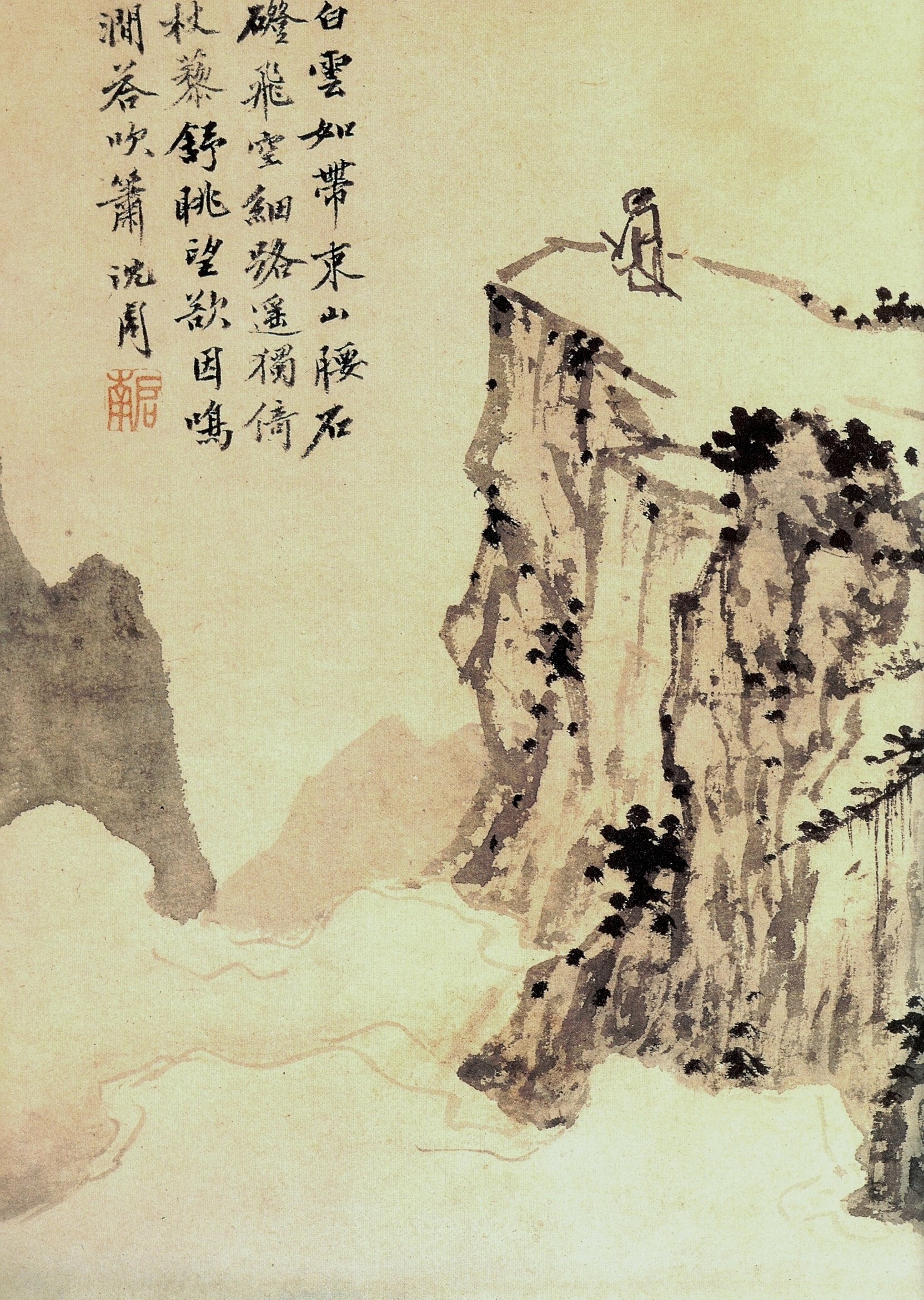
Teaching Aid for Episode 4: Jamestown and the Myth of the Sovereign Family
Teachers: please read the introduction to these teaching aids first.
Pre-Listening Journal/Discussion Questions
How would you define family?
What comes to mind when you imagine the “traditional American family”? How do your imaginings of the traditional American family compare to actual family structures that are prominent in America today? How do you think these forms of family structure originated?
What other family structures exist, in America and/or in other parts of the world?
Listening Guide
What characteristics of an American frontier family continue to influence cultural imaginings of the traditional American family?
What is the nuclear family? How is it different from the sovereign family? What characterizes the sovereign family?
What do some proponents of the Quiverfull Movement identify as the historical origins of the sovereign family?
Critical Genealogy [12:14-26:05]
Episode producer Caro Pirri points out that family structures in colonial Jamestown were actually quite different from the sovereign family model that some contemporary Americans believe originated in that time period. What were families actually like in the early days of Jamestown? In what ways was the colony as a whole antithetical to the ideals of the sovereign family?
How did the Starving Time lead to an assault on families and relationships in Jamestown?
Who was Lord De La Warr and what characterized his rule in early Jamestown? What metaphor did De La Warr use to justify his power in the colony? What is surprising about this origin story of the sovereign family?
What is defection? Why did De La Warr perceive defection to be such a threat in the Jamestown Colony, and how did this perceived threat shape the idea that the sovereign family should be insular and closed-off to surrounding communities?
The Sovereign Family [26:05-32:35]
According to Pirri, idealization of the sovereign family and its colonial roots “echo[es] that sort of modernity claim that says ‘the problems of the past have been resolved and everything good from the past can be carried forward.’” How does critical genealogy expose the myth of this kind of modernity claim?
Based on events recorded in John Smith’s Generall Historie of Virginia (1624), what alternative future might have been possible for the Jamestown settlers if De La Warr had not imposed strict isolation from Powhatan life?
Creative Genealogy [32:35-41:00]
What do the laws of the Jamestown Colony and the Massachusetts Bay Colony reveal about family and social life in the colonies?
How did structures of authority in the Powhatan Paramountcy differ from those in Jamestown Colony and England at the time? How did the life of an ordinary Powhatan woman compare to the life of an ordinary English woman?
In what ways do Indigenous nations show an alternative to the sovereign family model, both in the past and in the present?
While critical genealogy “scrutinizes the truth of noble origin stories”, such as the myth of the sovereign family, creative genealogy is on the lookout for resources in the past that can point the way to new beginnings, such as the multi-generational communities of past (and present) Indigenous nations. In what ways are the contemporary “forged communities” we heard about similar to and different from the Indigenous communities we heard about? How can creative genealogy help us envision new (or old) paths for family flourishing in the future?
Post-Listening Journal/Discussion Questions
In this episode, we hear that “there was no easy, inevitable path from [the past] to [the present]. And when we look at the paths not taken in the past, we can see new paths we might take in the future.” Imagine what might have happened if John Smith had accepted Powhatan’s offer to include Jamestown as part of the Powhatan Paramountcy. How might this have changed the future of English settlers in America, and what subsequent effects might it have had on our life today? How can this imagining open us to new paths for the future?
In her response to this podcast episode, "A Different Nuclear Family", Kaitlin Pontzer promotes Lawrence Stone’s book The Family, Sex, and Marriage in England, 1400-1800 as an alternate and, she claims, more relevant narrative for why the nuclear family came to prominence in contemporary Western imagination. According to Pontzer’s response, what does Stone see as the origins of the nuclear family? How does this origin account differ from the origin account of the sovereign family you heard about in the podcast episode? Which narrative do you find most compelling and why? Can we reconcile these two narratives? If so, how, and if not, why not?
Links for Further Exploration
Using the following primary source documents, compare and contrast the ways in which De La Warr, James I, and Powhatan (as understood by John Smith) use the metaphor of fatherhood:
Lord De La Warr, “Instructions of the Marshall, for the better inabling of a Captaine, to the executing of his charge in this present Colonie. Iune the 22. 1611”
King James I, “A Speech to the Lords and Commons of the Parliament at White-Hall, 1610”
John Smith, “1624 Generall Historie of Virginia”
